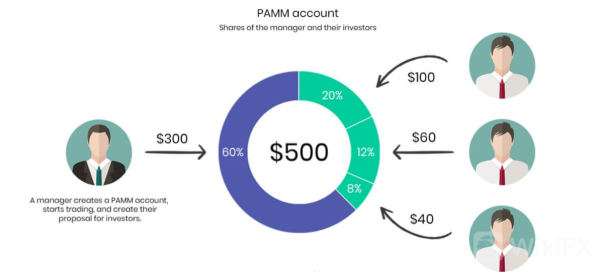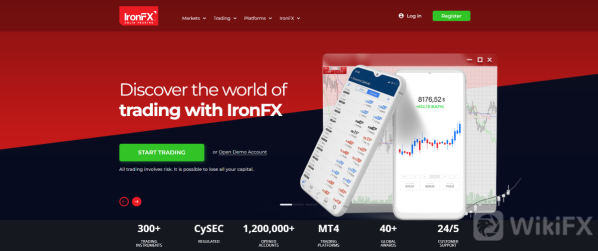
By: Chime Amara
A strong dollar index affects other pairs negatively while a weak dollar index favors other currency pairs matched with the US dollar. All forex traders are expected to master the various economic factors that impact the dollar index to enable them to know when to buy or sell other pairs in the forex market today.

The influence of the dollar index on every other currency pair in the market is so huge that all traders must pay attention to the strength and direction of the dollar index while taking a position in the market as virtually all pairs have been pegged to the US dollar.
A strong dollar index affects other pairs negatively, while a weak dollar index favors currency pairs matched with the US dollar. All forex traders are expected to master the various economic factors that impact the dollar index to enable them to know when to buy or sell other currency pairs in the forex market today.
What is the dollar index?
The Dollar Index (DXY) is an indicator used to rate the strength of the US dollar against six major foreign currencies especially the Euro, Great British Pounds, Japanese yen, Canadian dollar, Swedish krona, and Swiss franc. This index was established in 1973 after the Bretton Woods conference. Following the outcome of this conference, dollar was established as the standard means of exchange against other currency pairs. This means other currency pairs are relative to the value of the US dollar.
What are the major factors that influence the dollar index?
Three major factors influence the dollar index. We have discussed them below:
A. Interest rate hike: An increase in the interest rate by the Fed reserve helps in strengthening the dollar index. Thus the dollar index got to its highest point in over twenty-eight years in June 2022 following a series of interest rate hikes by the Fed for three consecutive months.
B. Consumer Price Index (Inflation): The consumer price index (CPI) is the data used in measuring inflation. A high rate of inflation for the US dollar lowers the dollar index and vice versa. Thus a higher rate of inflation pushes the Fed to hike the interest rate which favors the dollar index.
C. Quantitative Easing: This is the central bank policy of pushing more money into the economy by buying a large number of government bonds to lower the interest rate. This is often targeted at reducing inflation. However, QE often weakens the DXY as it reduces the interest rate.





